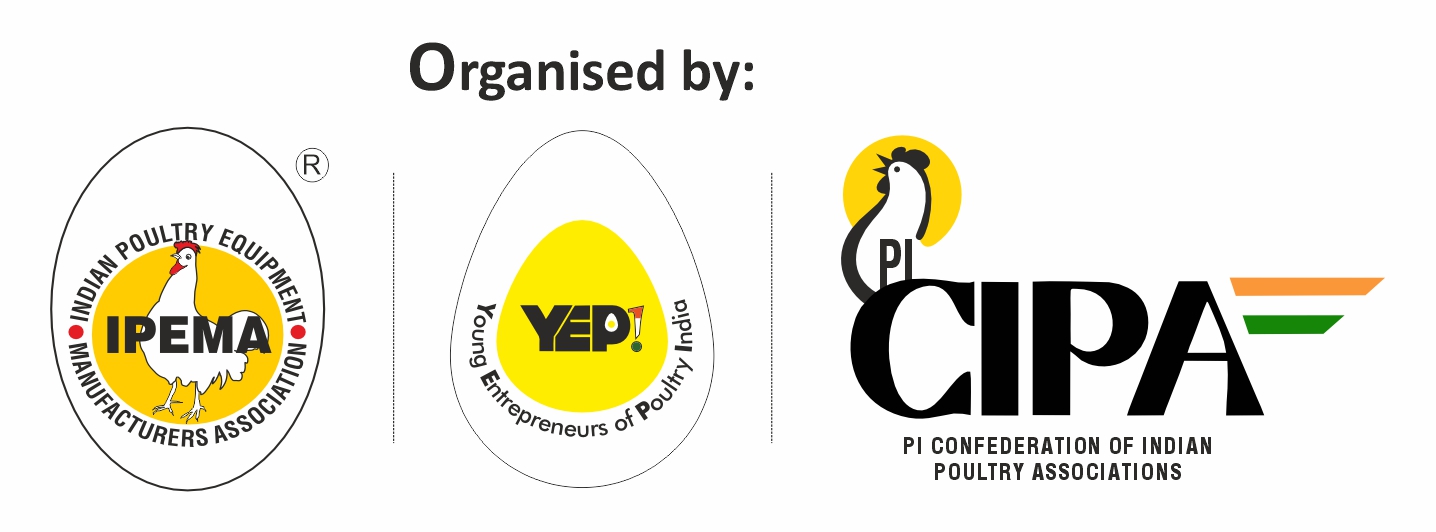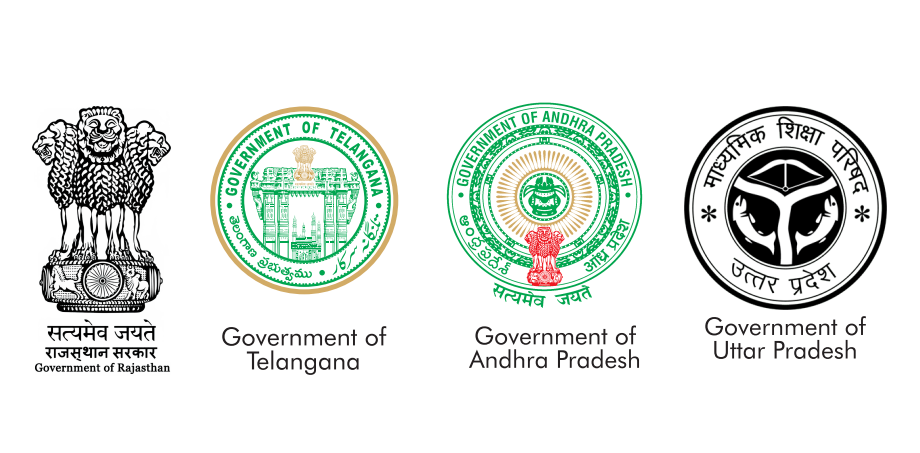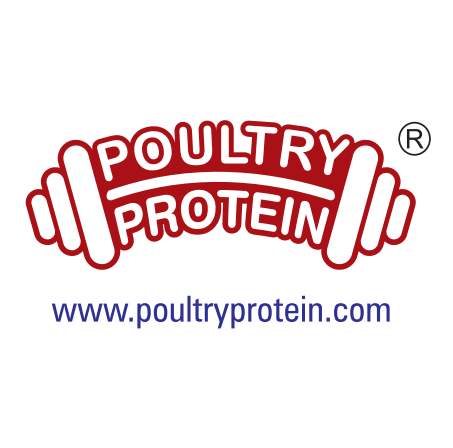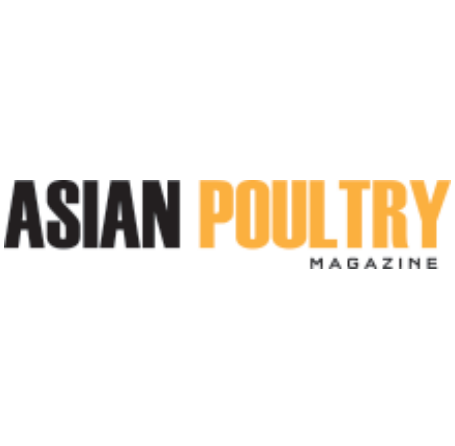Impact of climate change on broiler housing systems
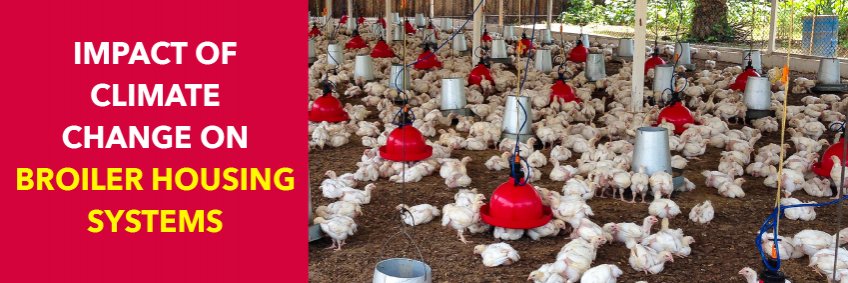
By 2050, global meat consumption is expected to increase to 455 million tonnes per year in response to the expected population growth and dietary shift towards higher protein food. Broiler production is a major part of the global meat market and the broiler industry is expected to meet approximately 40% of the increased universal demand for meat. Increasing and sustaining food production at this level will result in an increase in energy consumption.
Climate change impacts resources need for production
Conversely, there has been growing concern about the impact of climate change on broiler production given that it has been predicted that by the year 2100, the average temperature will increase by 2-6°C which constitutes a serious challenge to sustainable broiler production. Climate change will further influence the type and sophistication of broiler housing systems and alter the resource needs for broiler production. The economic and productive efficiencies of broilers are related to housing systems and climatic conditions. It is therefore essential to adapt broiler housing systems in line with the prevailing and envisaged climate change to minimise its adverse effects on the broiler industry.
Effects of climate change
Climate change is defined as the long-term deviations in climate patterns and temperature. The increase in global temperature, along with the desert encroachment and deforestation associated with climate change, will add to the burden of heat stress experienced, especially in tropical regions and during summer. Heat stress promotes behavioural, physiological and biochemical changes in broilers, resulting in economic losses. Additionally, it will lead to decreased water availability and an increase in the cooling energy required thereby potentially compromising broiler production, reproduction, growth performance, health and welfare.
Controlling the microclimate
Operating broiler houses at full capacity with bird flocks of uniform size is a common practice, one which enables more accurate control of the microclimate inside the barn and improves efficiency. Industrial broiler production involves controlling the indoor microclimate driven by the thermal flows occurring inside the broiler house and the requirements of the broilers throughout their growth stages.
Heating, ventilation and air conditioning systems are used to control the temperature in the broiler house. In winter, mechanical ventilation is used to circulate air and remove accumulated gases. In summer, ventilation and different forms of active cooling are used to maintain the inside temperature below a certain threshold. Evaporative cooling pads are the most common active cooling method used when temperatures exceed 30°C for periods of more than 2 to 3 hours.
Regulating body temperature
Broilers have a limited capacity to respond to temperature alterations due to the absence of sweat glands. They can tolerate a narrow temperature range of 18-24°C within their thermoneutral zone. In the thermoneutral zone, broiler body temperature is held constant and the bird loses heat at a controlled rate without discomfort. Heat stress in broilers results in mortality or reduced weight gain, decreased production, diminished reproduction and reduced growth performance, together with compromised welfare. When the ambient temperature is high, broilers need to regulate their body temperature through panting, resting, drinking water and reducing physical activity to balance heat production against heat loss and maintain a relatively constant body temperature.
Understanding heat stress
Heat stress sets in on broiler farms when the ambient temperature exceeds 25°C while high relative humidity could also alter broilers’ perception of the heat. The concept of heat stress or exposure to high ambient temperatures can be broadly categorised into acute and chronic heat stress. Acute heat stress refers to exposure to stress due to a very high temperature for a short period of time with the main effect on broilers being an increase in mortality, often due to suffocation. Chronic heat stress refers to exposure to a high temperature for a prolonged period of several weeks which results in reduced weight gain, decreased production, diminished reproduction and reduced growth performance, as well as compromised broiler welfare.
Adaptation options
Broiler housing systems must provide an adequate pen temperature and relative humidity, plus optimum air circulation. In closed housing systems, the temperature and humidity are fully controlled using foggers, tunnel ventilators, fans and misting pumps.
In addition, the orientation and sophistication of housing units, walls, flooring and roofing types for broiler housing should be considered to minimise the adverse effects of an elevated environmental temperature:
Ventilation: The orientation of the housing units should allow for cross-ventilation. Low-walled structures with wire mesh ensure cross-ventilation while high-walled structures keep the heat inside.
Walls: Moreover, mud wall houses provide a cooler interior than brick wall housing units.
Roofing style: Should provide proper ventilation with materials that enable heat transfer.
Floor: The type of floor has also been reported to influence broiler temperature, for example, a wire mesh floor decreases skin temperature and cloacal temperature, as well as the respiratory and heart rate of broilers compared to a deep litter floor during the hot season.
Insulation: There may be a point too, where evaporative cooling pads are not efficient enough to cool broilers. Therefore, other innovative solutions may be required, such as using air conditioning units and increasing the insulation level of barns. However, there is an optimum level of insulation which depends on the location and weather patterns.
Concluding remarks
In conclusion, climate change may lead to a reduction in the energy demand for heating and an increase in the energy and water required for cooling in broiler houses. Various adaptation options are available for housing systems to provide climate amelioration for broilers. However, only limited work has been done to understand the impact of climate change on broiler production, reproduction, growth performance, health and welfare.
These effects could create new risks for the sustainability of broiler production by changing the resource requirement for temperature control in broiler houses. Further research to gain a better understanding of these factors should be conducted by government agencies and NGOs on climate change mitigation and adaptation, as well as resilience strategies, to minimise the adverse effects of climate change.







